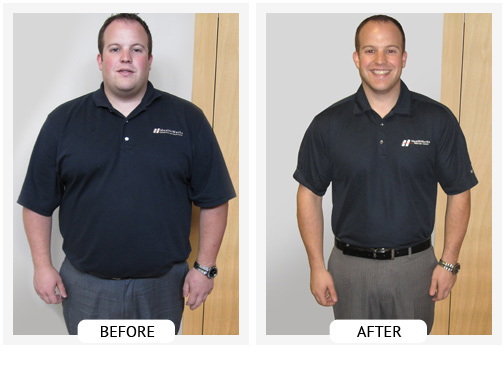
It seems so simple: only eat when you are hungry and only drink when you are thirsty. However, most of us know that this is easier to say than to do. Bad lifestyle and eating habits are so ingrained in us that often we cannot accurately read our own bodies’ cues. So, we thought it might be a good idea to take a closer look at why we don’t always differentiate between hunger and cravings and how to retrain ourselves to know the difference.
Sadly, research shows that it begins early, as demonstrated in an experiment involving two different groups of children – one 3 years old and one 5 years old. Each group was offered supersized portions of macaroni. The group of 3-year-olds stopped eating the macaroni when they were full, while the group of 5-year-olds continued eating even though they were no longer hungry. Research also shows that learned behavior supersedes instinct between ages 3 and 5. Therefore, the younger group in the experiment listened to what their bodies were telling them and stopped eating when full. The older group had already learned that they should clean their plates or choose the biggest piece of cake.
Now that we understand how our bodies have been programmed to ignore cues, how do you know if you are hungry or just have a craving? There’s a simple test: if you are really hungry, a piece of fruit will satisfy you. If it doesn’t, you are probably having a craving. Hunger is your body’s signal that it needs energy, cravings is your body’s signal that it wants a specific food.
If you are truly hungry, you must consume food to satisfy that hunger. Any type of food or calories will satisfy the physical requirement for energy. Once you’ve eaten, the goal has been accomplished and your hunger is satisfied. That’s why 3-year-olds and animals often instinctively stop eating when their hunger is satisfied.
On the other hand, overeating and cravings are not instinctive. You often don’t really need the specific food you crave or the additional calories you think you need. These behaviors are learned and shaped over time through the complex mechanisms of habit formation.
Below are five tips to help you re-learn how to eat only when you are hungry and drink only when you are thirsty.
Drink First
When you feel hungry between meals, don’t reach for a snack, reach for a drink of water. Most people ignore their natural urge to drink water and choose to eat instead. Often, we mistake the cue for water as a cue for food. Instead of eating something when you feel hunger, drink something. Try 1-2 glasses of water. No amount of food can quench your thirst. You’ll know you are on the right track if you are no longer hungry after you drink some water. If you find drinking water difficult or don’t like the taste, try some of these ways to add flavor to your water.
Choose Healthier Snacks
If you drink 1-2 glasses of water between meals and still feel hungry in about 10-20 minutes, try to ignore the urge to consume junk food just because it is convenient. Choose something on the ChiroThin approved list of free vegetables or fresh fruit. These options will increase the amount of nutrients in your diet and also keep you full longer than you would if you ate a candy bar or a bag of chips. Keep in mind that snacking is discouraged on the ChiroThin plan, but if you do feel hunger, reach for celery or cucumber.
Remove Junk Food from Your House
Out of sight, out of mind is often true when it comes to the source of your craving. If you don’t keep it in the house, you are less likely to be tempted by it. This may be difficult if you share your home or have children. In these cases, try to keep any craving-inducing foods out of sight and hard to get to. This will help you avoid endless, mindless nibbling on calories you don’t really need.
Limit Food Choices at Each Meal
It’s easy to overeat when you sit down at a table full of different types of food. Research shows that food consumption increases when a meal has too much variety. This, of course, is also directly linked to increased body fat and weight. So, limit the amount of food choices at each meal, especially when meal preparation is within your control.
Eat More Vegetables at Each Meal
We’ve often discussed the importance of adding more vegetables to your meals and the many ways you can do this. The high fiber content of vegetables leaves you feeling fuller and can also deter cravings. Even if your appetite is stimulated at mealtime, it is hard to overindulge if you’ve already filled up on nutritious vegetables. Try some of these tips for adding more vegetables to your diet.
One of the main goals of the Doctor Supervised ChiroThin Weight Loss Program is to restore your body’s natural rhythm and natural integrity. Once you understand the difference between hunger and cravings, you will eat only when you are hungry and know to stop before you are overfull – because that is what your body wants to do naturally. Over time, you will understand the cues that your body sends you and make the right choices.







